Flash vs LED Lighting for Portraiture Photography
When it comes to portraiture photography, lighting is key, with the type of lighting you choose having a significant impact on the final outcome of your photos. Lighting can impact the overall feel of your images, and can make a huge difference in terms of what the image conveys of the person you're photographing. For everything from creative portraiture, to family portraiture and headshots, there'll be a different suitable lighting setup.
Flash vs. LED: Which is Better?
Flash lighting, also known as strobe lighting, is known for its powerful output and ability to freeze motion. It provides a burst of light that can be adjusted to achieve the desired exposure. Flash is great for overpowering uncontrollable ambient lighting or sunlight due to it's high power, and for creating high-contrast or dark, dramatic images with specific features highlighted.
On the other hand, LED lighting offers a continuous light source that allows for real-time adjustments and a more natural look. LED lights are also more energy-efficient and produce less heat compared to flash. LED offers the benefit of being able to see the lighting effect of the image before you shoot it (while flash often has modelling lamps, this isn't always an entirely accurate representation!), and allows for you to adjust the colour temperature of the light (on bi-colour units) if you need to adjust for ambience or sunlight.
How Many Lights Do You Need?
The number of lights you need for portraiture photography depends on the look you want to achieve. For a simple, natural look, a single light source may be sufficient.
However, using multiple lights can help you create more dimension and depth in your portraits, including if you're aiming for a creative portrait style. Consider using a key light, fill light, and backlight to achieve a well-balanced lighting setup.
Portraiture by RJ Bradbury Photography
Ultimately, the choice between flash and LED lighting for portraiture photography comes down to personal preference and the specific requirements of your shoot. Both types of lighting have their own advantages and can produce stunning results when used effectively.
Tips for Using Lighting in Portraiture Photography
When using flash lighting for portraiture, consider using modifiers such as softboxes or umbrellas to diffuse the light and create a softer, more flattering look. Experiment with the angle and intensity of the flash to achieve the desired lighting effect.
For LED lighting, pay attention to the colour temperature of the lights to ensure consistency in your photos. You can also adjust the brightness and colour temperature of bi-colour LED lights to create different moods and effects in your portraits.

Portraiture by RJ Bradbury Photography
Flash for Portraiture
Flash is a great choice for either in studio or on the go shooting if you like to travel for your clients. Depending on this, you can go with studio flash heads which use mains power, or even battery powered flashes if you have the budget and would like something you can use on location. Make sure you have a compatible trigger if using flash!
Flash for this purpose can be used around a wide range of power outputs depending on where and how you like to shoot (we often see flashes like the AD100 Pro at 100w being used for portraiture!).
For compact flashes, we'd recommend something like the Godox V1 Speedlite (76w) or the AD200Pro Battery Flash (200w) to give you a bit of versatility for brighter situations. Both of these are popular for events or wedding photography due to their compact sizes, so they don't go amiss for other portraiture shoots.
Both of these flashes have speedlite fittings, which means that they can be easily paired with a wide range of speedlite designed modifiers, or with a Bowens S-Type SMART adapter bracket which allows them to be used with Bowens fit modifiers.
 |
 |
 |
| Godox V1 Round-Head TTL Speedlite 1/8000 HSS, 1.5s Recycle Time & Metal Hot-Shoe | Godox AD200Pro 200Ws Portable Battery Powered Pocket Flash | AD600ProII All-In-One Professional Outdoor Battery Flash |
For larger flashes that pack more of a punch, our AD600Pro or the new AD600Pro MKII flashes are a great option and are both battery powered. A 600w flash will offer a lot more versatility for things like outdoor shooting or larger group portraiture shoots to ensure you've got enough power behind your lights.
These flashes all have TTL compatibility and HSS features, making them great for beginner photographers who need a bit of help with their lighting, and ensures efficient shooting.
Tip! What is High Speed Sync and do I Need it? HSS allows your flash to sync at higher shutter speeds than normal (with shutter speeds up to 1/8000 of a second) and will allow you to overpower the sun with HSS for outdoor shooting, reducing ambient light and getting you the shot you want.
For a more affordable option for studio-based lighting specifically, something like the Godox DP600IIIV or the SK400II-V might be a great option due to their similar high wattage. These flashes, at 600w and 400w respectively, are mains powered, making them more affordable for those on a budget, and also don't have TTL or HSS functionality, making them more straightforward to use. This also means you can use a no-frills universal camera trigger for these flashes, keeping costs down further.
 |
 |
 |
| DP600IIIV 600Ws Professional Studio Monolight Flash 30W LED Modelling Lamp | PiXAPRO 2.4GHz PRO AC 16 Channel Wireless Radio Flash Trigger Only (XT16) | SK400II-V 400Ws Professional Studio Flash Lighting |
LED for Portraiture
LED lighting for portraiture photography can be a little more limiting. While it is possible to use LED Panels for this kind of shoot, it's much easier to use LED Head style lights due to their ability to be used with a much wider range of modifiers (which are often vital to producing dynamic and flattering lighting!).
As mentioned though, LED can offer you the option to see the end result of your lighting before shooting the image, which can be a great help if you've got a large shoot for multiple members of a sports club for example, or if you anticipate adjusting your setup regularly in general. LED also doesn't require a trigger, so can be handy for use in workshops with multiple photographers as it means people can shoot at the same time without interference.
For LED lighting, we'd recommend going somewhere around 150w or above for your photography, or even higher if you're within a bright environment and need more wattage to overpower any ambient light.
Tip! Check out this guest blog by James Marson on his experience using the SL200 LED light over flash lighting as a beginner photographer for portraiture!
Some recommended LED lights for portraiture are the Godox SL200II and the Godox VL300III. At 200w and 300w respectively, these lights are daylight balanced for colour, and can be great for studio shooting and should pack enough punch for most shoot concepts, whether that's creative, headshots, or family shoots. Godox LED heads are primarily Bowens S-Type fitting so can be used with flash Bowens modifiers too, meaning you don't have to buy extra softboxes.
 |
 |
 |
| SL200II Daylight Super Quiet COB LED | VL300II 320W Continuous LED Studio Light | FV150 HSS Super Bright Freeze Motion 2-Stops LED Video Light |
For something a bit different, why not check out the FV150 2-in-1 LED Flash instead? An LED in construction, this light has a flash function via the LED chip so can be used for both continuous light or flash depending on what's needed! This also comes in a 200w version here. The FV Series requires a trigger for the flash function.
Or, for bi-colour lighting, the LA200Bi or the SL200Bi which both have a colour temperature range of between 2800 – 6500K for extra versatility. This is great for when you don't want to use colour temperature gels to achieve that warm, golden hour sunlight in studio. Lots of the new Godox LEDs also feature App Compatibility for easy bluetooth settings control!
 |
 |
 |
| Litemons LA200Bi 230W Bi-Colour Ultra-Compact COB LED | LA200Bi paired with an Umbrella Modifier | SZ200Bi Zoomable Bi-Colour LED Light |
Don't forget: LED Lights are often mains powered due to being more difficult to support with battery power. While some LEDs are battery compatible, this depends on the light, and batteries have to be bought separately! Due to the high power draw on a constant light, batteries will often only last a limited time while your light is in use. Shop V-Mount Batteries here.
Still not sure what kind of lighting to go for? Get in touch with our team at info@essentialphoto.co.uk with an idea of your budget and shooting information and our advisor team will be able to assist with some recommendations!







































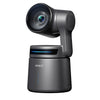
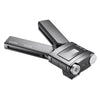

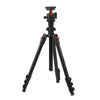
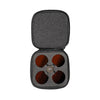
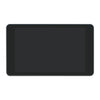
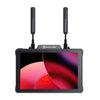
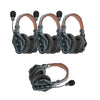
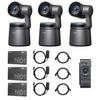



















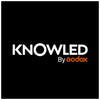
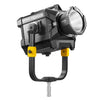

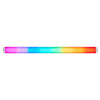
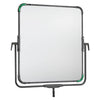
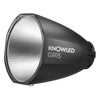
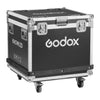
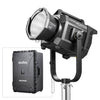
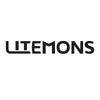
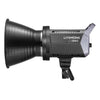
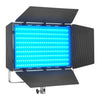
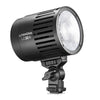
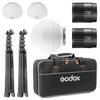
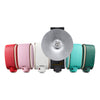
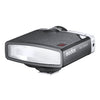
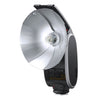
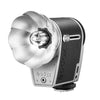
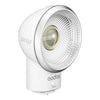
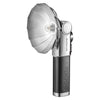
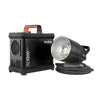
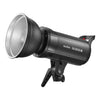
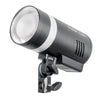
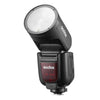
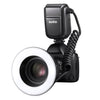
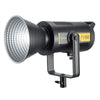
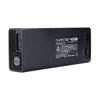
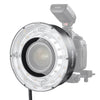

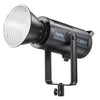
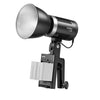
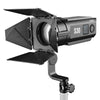
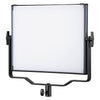
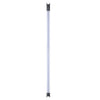
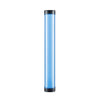
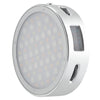
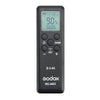
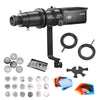
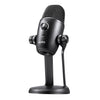
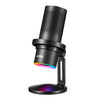
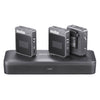
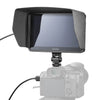
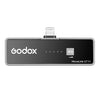
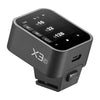
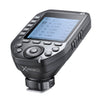
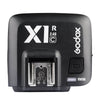
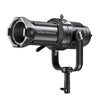
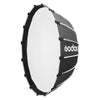
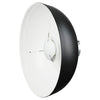
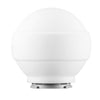
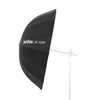
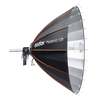
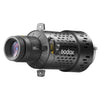

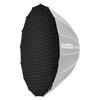
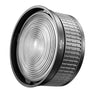
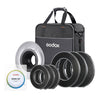
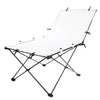
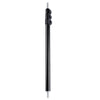
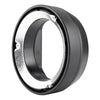
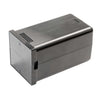
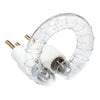
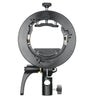
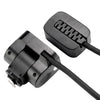
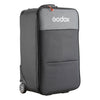
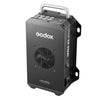
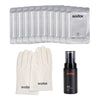
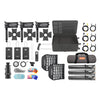
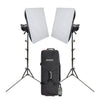
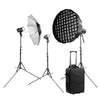
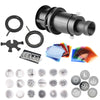
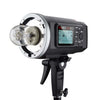
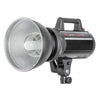
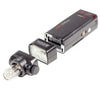
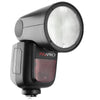
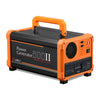
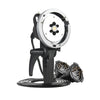
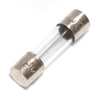
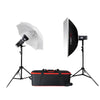
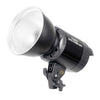
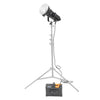
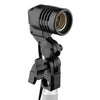
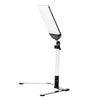
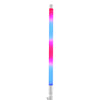
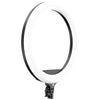
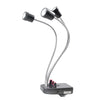
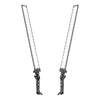
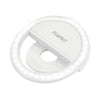
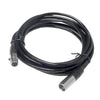
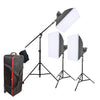
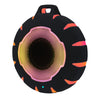
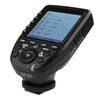
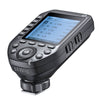
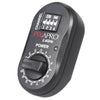
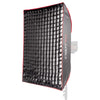
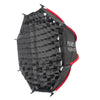
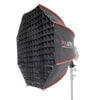
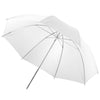
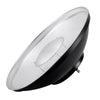
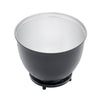
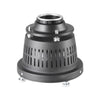
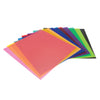
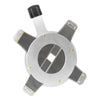
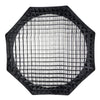
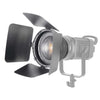
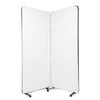
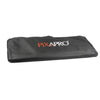
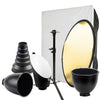
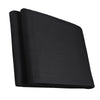
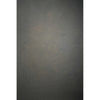
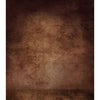
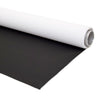
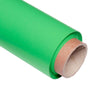
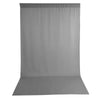
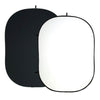
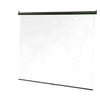
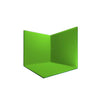
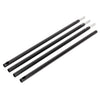
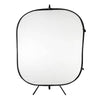
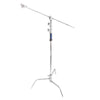
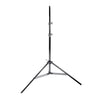
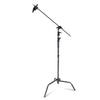
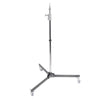
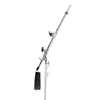
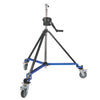
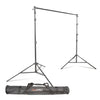
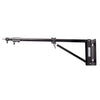
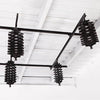
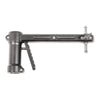
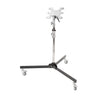
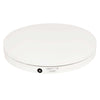
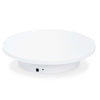
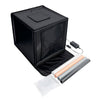
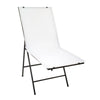
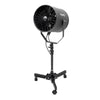
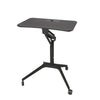
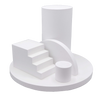
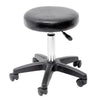
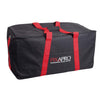
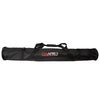
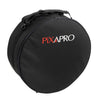
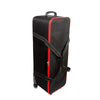
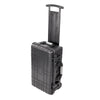
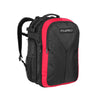
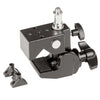
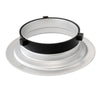
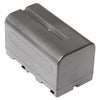
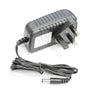
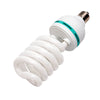
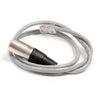
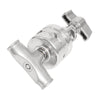
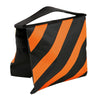
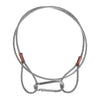
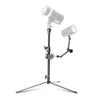
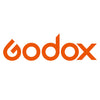
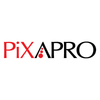

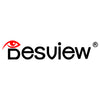


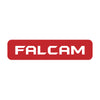


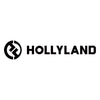
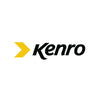
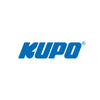
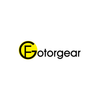
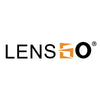



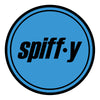
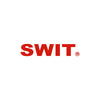
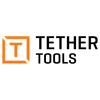


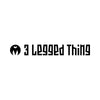

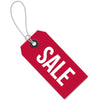
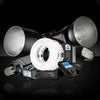
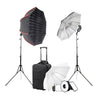
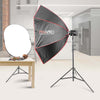


















.png?v=1684398018113)



















